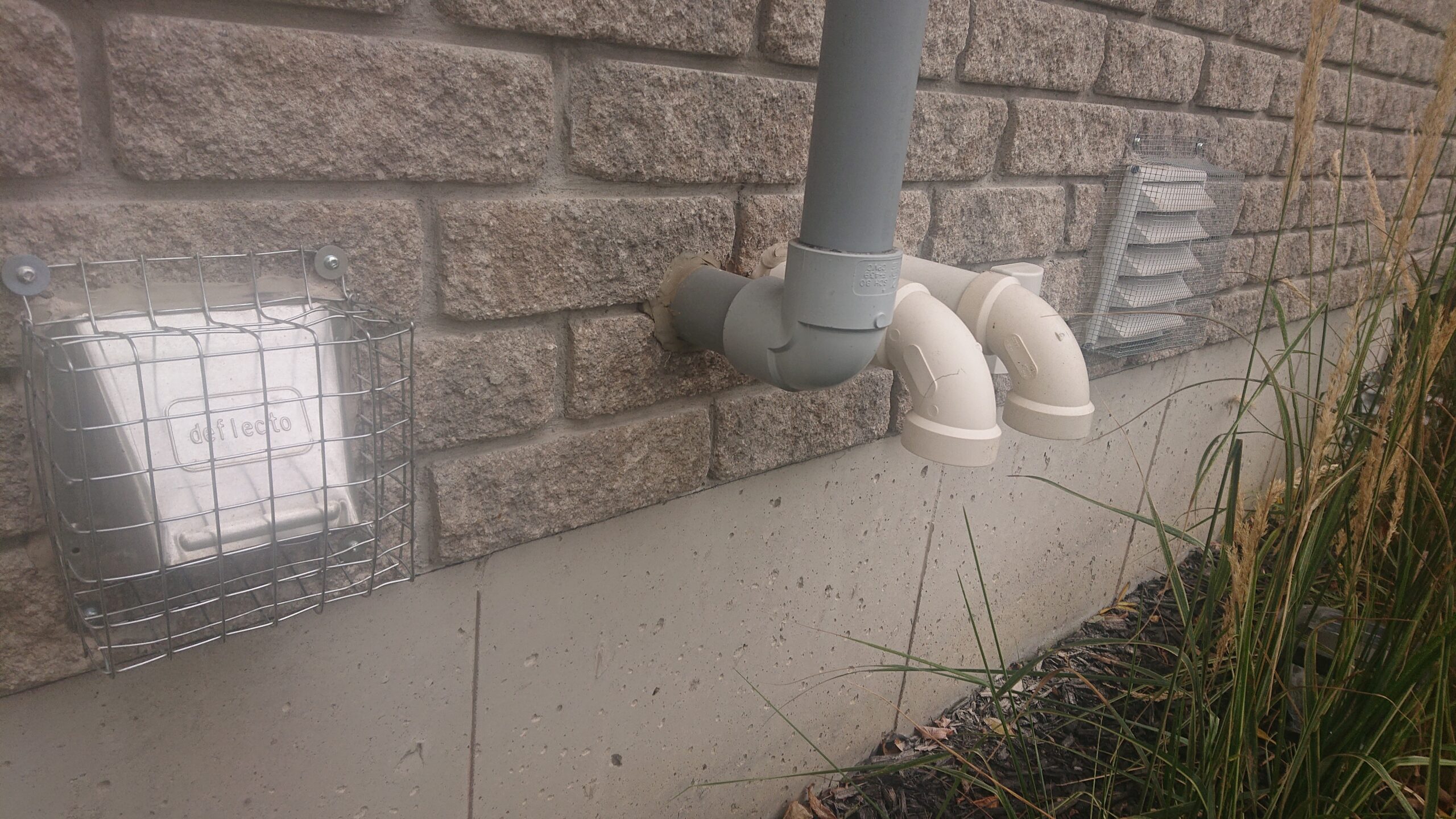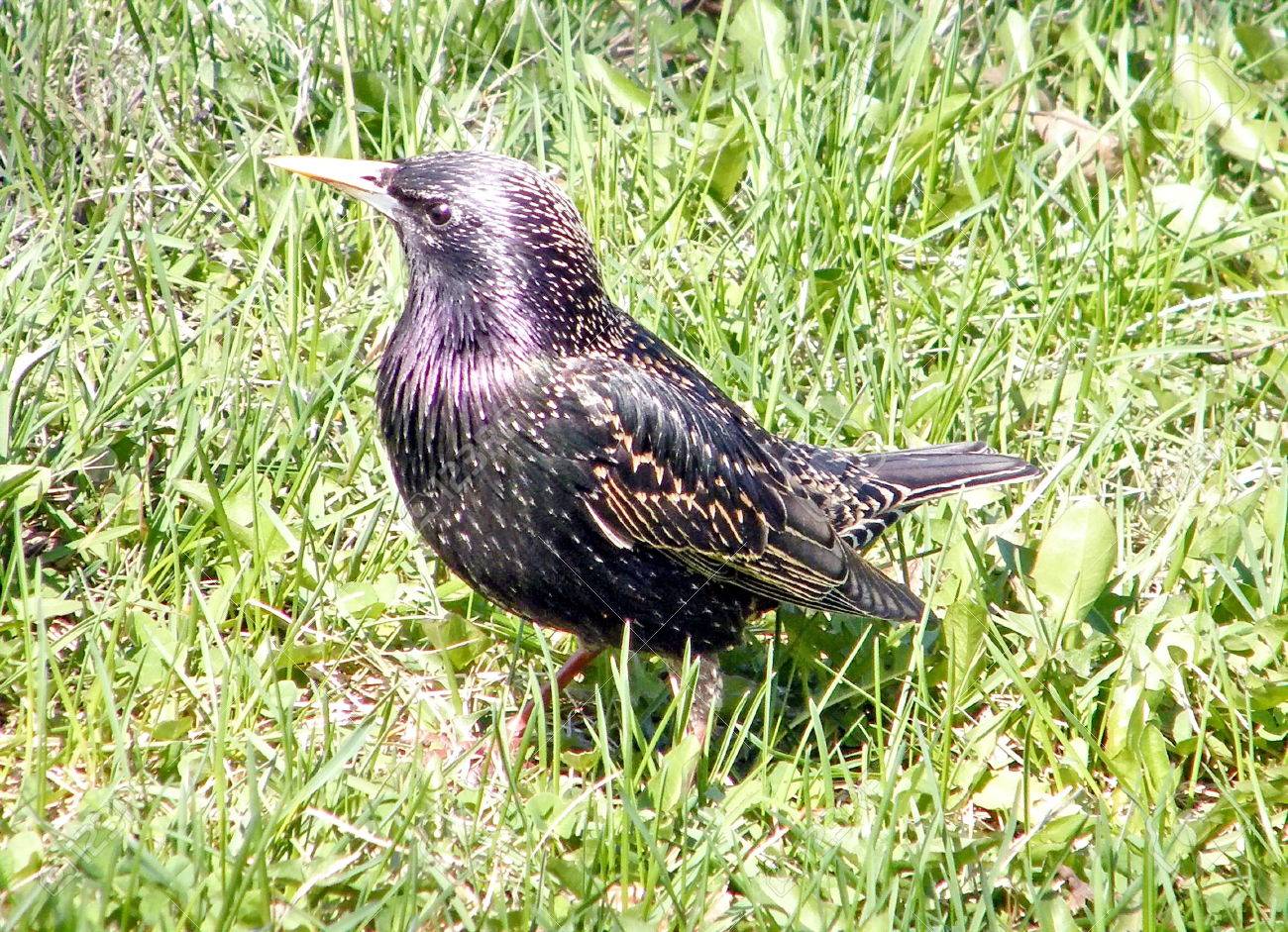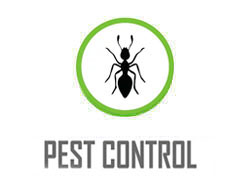
Why Do Birds Nest Inside Vents?
Canada is home to hundreds of varieties of birds. Their bright colours and unique songs make them a welcome sight in any backyard. We even use bird feeders, baths and houses to attract our favourites.
Unfortunately, the nesting and roosting habits of certain types of birds can often bring them into conflict with humans. Without effective control, some birds are capable of causing serious damage to homes. Their droppings can stain and rot building materials as well as create unhealthy living conditions for residents. A source of considerable stress and aggravation is the European Starling, as known as the Common Starling.
HISTORY OF THE EUROPEAN STARLING
Originating in Europe, Starlings were brought to New York City by the American Acclimatization Society, a group dedicated to introducing to the United States all the species of birds mentioned in Shakespeare’s scripts. In the case of the starling, their efforts proved extremely successful as the bird’s range and population quickly expanded. By the 1920s, starlings were firmly established in Ontario, Quebec and the Maritimes.

Common Starling isolated in Thornhill Ontario, Canada
Their growth as a species can be attributed in large part to their extremely aggressive nesting behaviour. As an invasive species, starlings compete fiercely for nesting sites with other birds, often displacing native species from their nests while they are in use. In particular, the North American purple martin has had its population impacted as a result of the starling’s introduction. Today, starlings can be found in large numbers in urban centres across North America.
Like most successful species of urban wildlife, starlings are extremely adaptable. As a cavity nesting bird, starlings would traditionally make their home in tree hollows as well as crevices found in rock and cliff faces. As forests and woodlands have disappeared through urban expansion, starlings have continued to change and adapt their nesting habits. Starlings now seek similar holes on man-made structures and will build their nests inside anything that resembles a cavity.
WHAT ARE STARLINGS DOING INSIDE A VENT?
Openings used to exhaust kitchen and bathroom fans, as well as clothing dryer vents provide ideal nesting locations. These vents measure 3-4 inches in diameter and are found on a home’s exterior wall, providing an ideal substitute for a tree hollow. Vent structure openings are typically capped with plastic or aluminum covers to prevent drafts. Unfortunately, these covers are little more than flaps or louvres that open readily to allow air to escape and are easily manipulated by clever starlings.
While inside the vent, starlings are preparing for two things:
BUILDING A NEST
Once inside, male starlings will begin constructing nests to attract a mate. Starling nests consist of twigs, leaves and dry grass as well as suitable man-made materials. There are a number of ways in which homeowners become aware of a bird problem. Sights, sounds and smells provide certain giveaways. Unlike robins that construct their nests in a neat bowl-like shape, starlings will stuff and cram as much nesting material as possible into vents.
Starlings deliver nesting material to the vent continuously throughout the day and are often spotted by homeowners as they come and go. Birds are also extremely messy and will leave droppings behind wherever they go. A vent or exterior wall stained with bird droppings is also a telltale sign that starlings are making themselves at home in your home. Urine and feces inside the vent can produce an intense odour throughout a home.
SETTLING IN FOR BABY SEASON
Finally, mother starlings lay between 4 and 6 eggs twice each year, once in early spring and another in early summer. Once eggs hatch, things tend to get very noisy as babies begin to chirp, cry and move around.Complaints from homeowners about these birds peak during their nesting season. Baby starlings are dependent on their mother for 10 to 12 weeks and during this time the mother will be constantly leaving and returning from the vent to provide food.
BIRDS LIVING IN YOUR VENT? TIME TO CALL SKEDADDLE
If you are experiencing a problem with birds inside your vents, be sure to call Skedaddle. Our trained technicians will humanely remove the birds and their messy nest, as well as protect your home against re-entry. After the removal and clean up is done, our technicians install high quality galvanized steel screens over every vent. With an aesthetically pleasing installation of our screens and all the bird droppings washed from your vent, your home will be looking good as new! Call the professionals today if you have birds living in your vents to prevent any further damage to your home – 1-888-592-0387.
CALL US TODAY
1.888.592.0387
OR
Request for Services



FOLLOW US